Affiliate links on Android Authority may earn us a commission. Learn more.
Should you still buy a phone with a headphone jack in 2023?
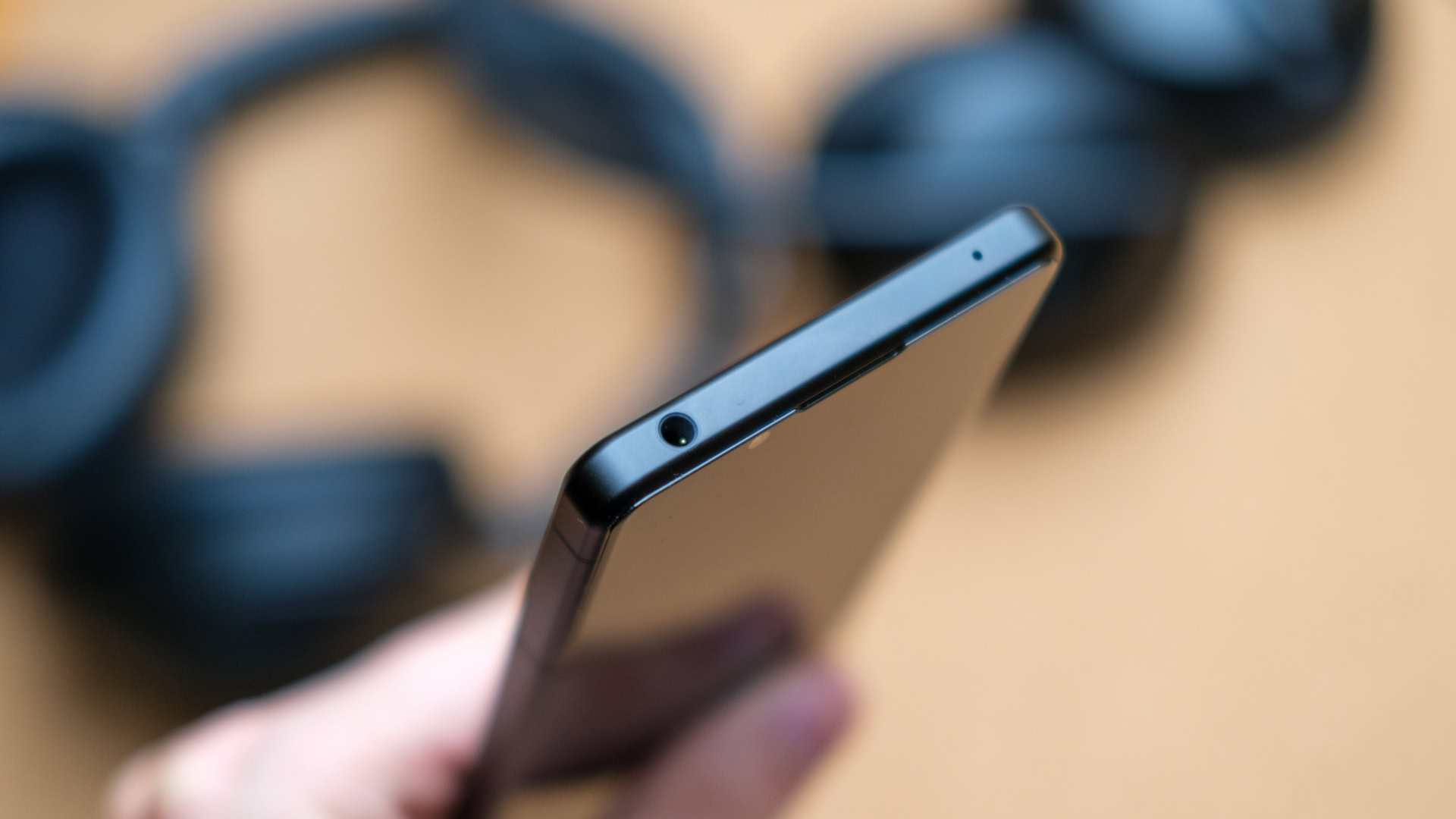
There was a time when plugging directly into headphone jacks was the only way to achieve on-the-go listening. However, the 2001 merger of Bluetooth technology with mobile phones changed audio consumerism forever. In the following years, reliable wireless connections and faster transfer speeds lead to the creation of consumer-friendly Bluetooth headphones. Another decade on, and Bluetooth technology reigns supreme over virtually the entire headphone market.
That’s not all, though. Wireless products now boast a melting pot of Bluetooth codecs to choose from to boost audio quality. SBC is currently the standard and is considered a relatively reliable backstop for all wireless connections. However, there are also proprietary codecs, such as aptX Lossless and OPPO ultra-resolution lossless codec (URLC), capable of transmitting lossless audio — previously the jurisdiction of wired headphones.
Will lossless audio quality Bluetooth finally finish off the wired headphone market?
Given that these high-res codecs can stream CD-quality music at 1.41Mbps, is there any room for wired headphones anymore? And by extension, should you worry about buying a phone with a headphone jack? Let’s discuss.
Why you should consider a phone with a headphone jack
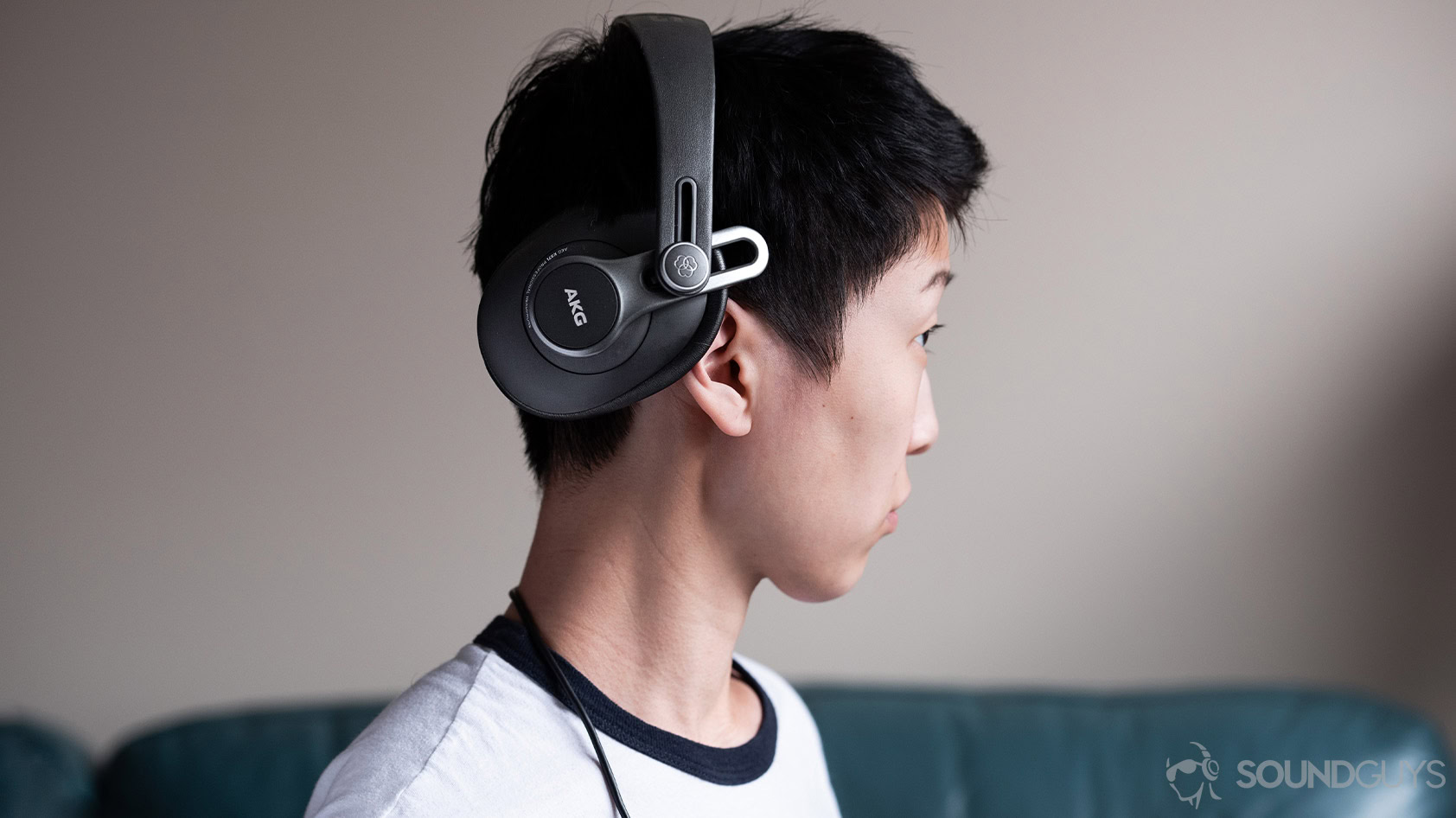
Analog audio means consistent, high-resolution listening
Let’s start with the positives; there are many reasons to still be on the lookout for phones with a headphone jack. Most important of all is audio quality. While Bluetooth has a few lossless listening options in aptX Lossless, LDHC, and URLC, finding compatible products (both source and playback) isn’t easy. Variable bitrates, particularly in congested radio environments, mean you won’t necessarily sustain lossless audio. For example, aptX Adaptive/Lossless changes bitrate automatically to ensure a robust signal, as does LDAC’s default “best effort” option.
Audio skipping and connection dropouts are potential issues while listening wirelessly.
Audio skipping and connection dropouts are potential issues while listening wirelessly, particularly at higher bit rates. Bluetooth headphones share the same radio frequencies as Wi-Fi routers, cordless phones, and even microwave ovens. This can cause unwanted signal interference and audio cutouts. I have experienced this problem on my regular commute into London. I can spend the whole over-ground train journey enjoying wireless listening, only for my signal to cut sporadically on arrival at the busy Marylebone station. If I were using wired headphones, this wouldn’t be a problem. Not only is their connection strength consistent, but that includes when listening to music at full CD and Hi-Res quality, just as the artist intended.
No battery? No worries
You also don’t have to worry about battery drain. Virtually all wired headphone speakers are powered passively. What this means, in its most basic form, is that your phone does all the work to power your headphones. In contrast, wireless headphones require batteries to power their speakers, Bluetooth radios, and to process digital data. This results in most wireless earbuds only holding an average charge of 5-6 hours. Wireless over-ear headphones fare slightly better, delivering roughly 15-20 hours of playback time. That might be fine for a day or two of solid listening, but inevitable battery degradation means that wireless headphones retain less charge over time and can eventually become unusable.
You never have to worry about wired headphones running out of juice or need to replace the battery.
Latency is also something to be wary of. Bluetooth audio latency falls anywhere in the range of 34-200ms. This can cause all manner of problems for real-time activities, such as hands-free voice calls. High latency is also especially unwelcome for gaming. Group chats and real-time communication are part and parcel of online cooperative gaming. If you want to avoid audio lag, wired headphones and a phone with a headphone jack are the way to go.
Wires keep you tethered to your device
I nearly dropped my Samsung Galaxy Buds Pro earbuds out of a London Underground tube carriage the other day. After opening the charging case to take the buds out, one very nearly slipped out of my hand. Without any wires to tether the earbuds, I could have very easily dropped them out of the carriage doors and under the train.
It’s also very easy to misplace wireless buds. There’s a reason why most accompanying apps now host a find-my-buds feature. Too often, I have found myself sifting through trousers, coats, backpacks, and drawers in search of my earbuds. Their small design and lack of wires, while welcome for many reasons, makes them all too easy to lose. At least if I lose my grip with wired headphones, they’re only going to bungee-jump down my torso before settling safely.
Why you might be better off with wireless headphones
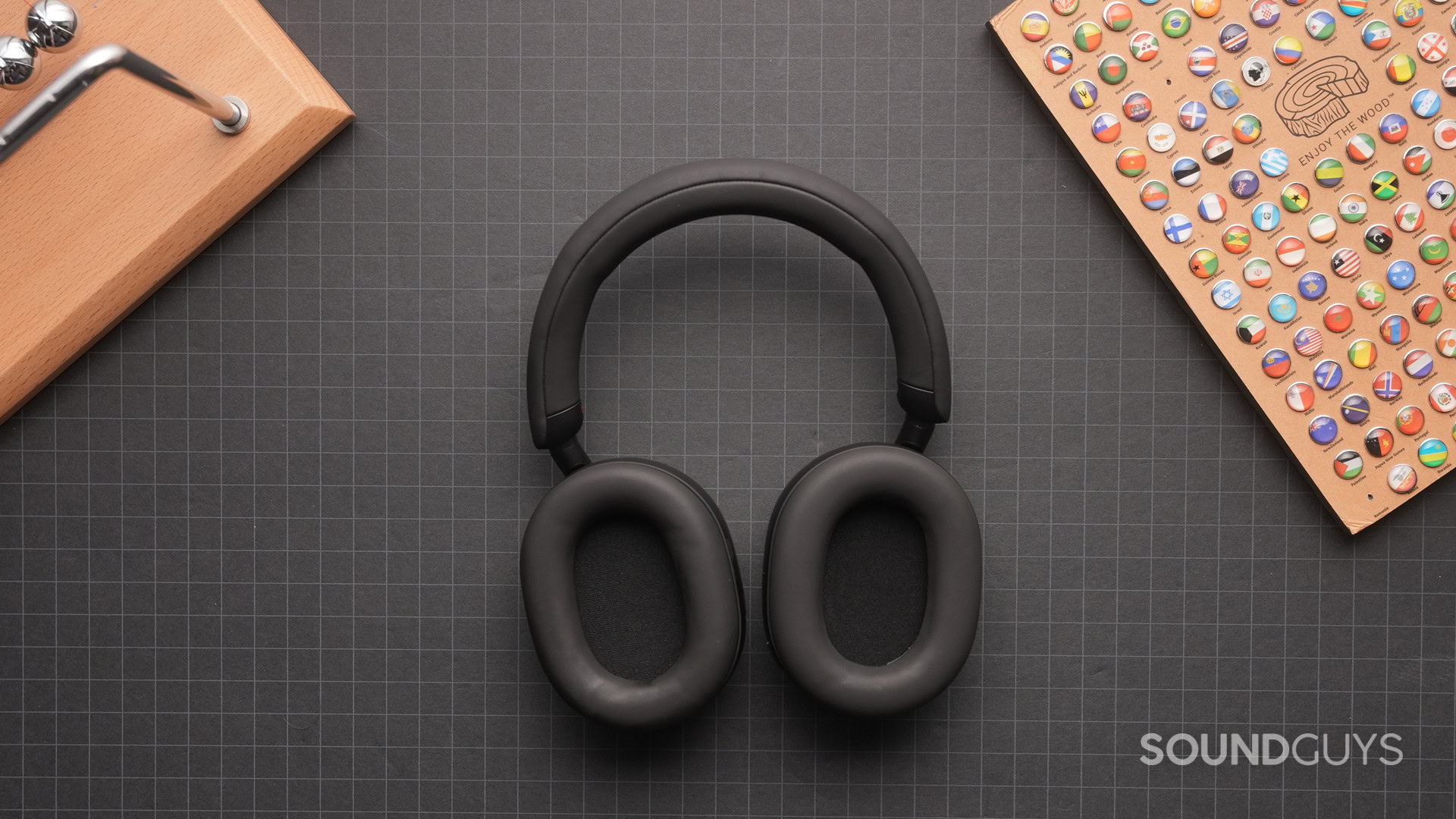
Streaming wireless is freeing
Contrary to the above points, streaming wireless is undeniably freeing. Have you ever been frustrated with having to tuck wires under your shirt to stop them hanging loosely or found that wires get caught in your hair? Well, Bluetooth connectivity eradicates all of those problems. Wireless streaming allows users to rid themselves of literally being connected to their smartphones. Bluetooth range has increased drastically over the years, too, so you can wander away from your source and keep listening. I, for one, regularly leave my phone on the desk while listening to music and moving around the house.
Listening wirelessly is a truly freeing and convenient way to consume music.
It’s also far easier to exercise without wires. No more trip hazards at the gym or annoying slaps on the neck when you go for a run. You can even chuck your phone in your backpack, knowing the zip isn’t left ajar to feed a wire through. Wireless connectivity makes it easy to play music from different devices without reaching for the aux cable too. That’s very handy at parties and on road trips. All of this, and so much more, makes listening wirelessly a truly convenient way to consume music.
Wired headphones limit your smartphone choice
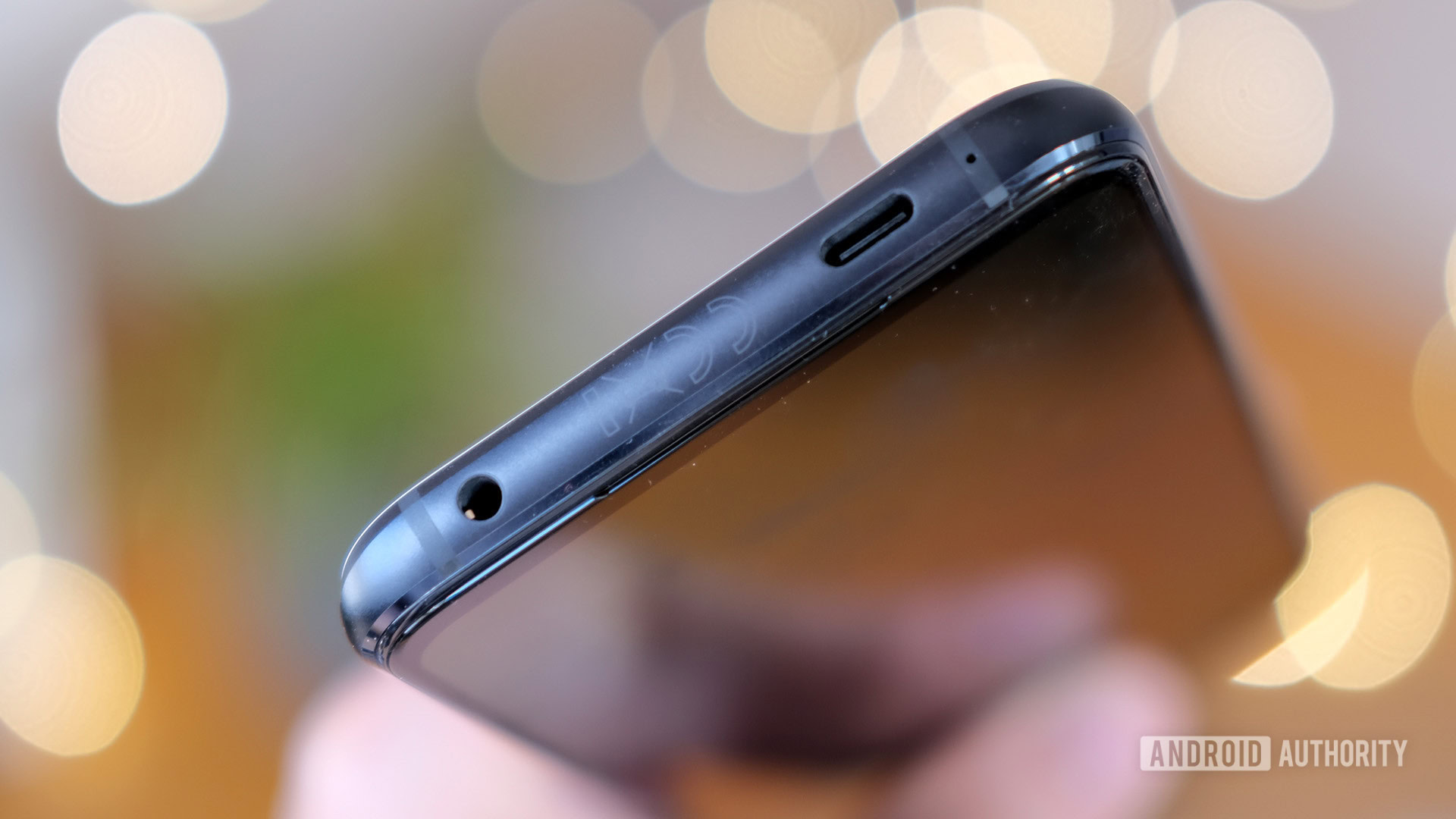
Despite good reasons to still grab a phone with a headphone jack in 2023, wireless buds are scooping up the lion’s share of the market, with many smartphone brands now neglecting the wired option entirely. The trend is ever more real with each passing year. Apple, Google, and Samsung haven’t released a high-end phone with a headphone jack for years, and even budget pickings are becoming increasingly slim. Ultimately, you might have to compromise to stick with wired listening.
There are a few holdouts, if you don’t mind moving away from the big three brands. Sony sticks to the cause across its lineup, which includes the latest Sony Xperia 5 IV. ASUS also rocks a headphone jack on its compact Zenfone 9 and gaming ROG Phone series. You’ll find a few more options across the budget and gaming phone segments too.
Don't sacrifice buying an otherwise great phone just for the headphone jack.
Thankfully, there are wireless headphones that should appease even the most ardent audiophiles, from Sony’s flagship WH-1000XM5 headphones to Samsung’s Galaxy Buds2 Pro earbuds. These are just some of the great picks that will work wonders with any smartphone you pick up. Don’t compromise on your phone just to stick with wires.
Bluetooth supports the latest audio tech
That’s not to mention all of the bespoke features that come with modern Bluetooth headphones and compatible smartphones. Superior ANC, Bluetooth Multipoint, spatial audio, and lossless audio are just some of the incredible features boasted by wireless headphones.
There’s also the much anticipated industry-wide adoption of LC3/ LE Audio. Set to replace SBC as the default Bluetooth codec, it promises high-quality, low-energy connectivity. Hearables technology stands to benefit here, vastly improving accessibility and support for hearing aid users, among other emerging use cases. For example, hearable buds will soon connect directly to external audio sources via Bluetooth Auracast. Whether it’s football games, music festivals, or movie theatres, hearables technology could help to connect us all.
A new age of music consumption
Music streaming is the primary way we all consume tracks these days, and a good portion of users, even those paying for their service, are still likely listening to lossy music, especially when on the go. We’ve touted wired headphones’ benefits for CD and Hi-Res content, but lossy streamers don’t need anything approaching audiophile-grade gear. Common earbuds sporting AAC and aptX codecs have you well covered. Broadly speaking, you don’t need a headphone jack to listen to great-sounding music.
Many streamers are listening to lossy music, but wireless can do lossless and Hi-Res too.
As we’ve already mentioned, a small selection of wireless headphones are moving into historically wired territory with support for lossless audio. But you’ll need a phone and earbuds that support either aptX Lossless, LHDC, or OPPO’s URLC codecs. Deezer HiFi, Amazon Music Unlimited, and Tidal HiFi are just some of the main players that already boast lossless music streaming; the industry has moved quite quickly. While lossless will likely always be a high-end feature, Bluetooth headphones will be increasingly able to make the most out of these services too. Your main concern might soon be data allowances; FLAC-quality audio eats up a lot of data.
Can USB-C DAC’s convert audiophiles?
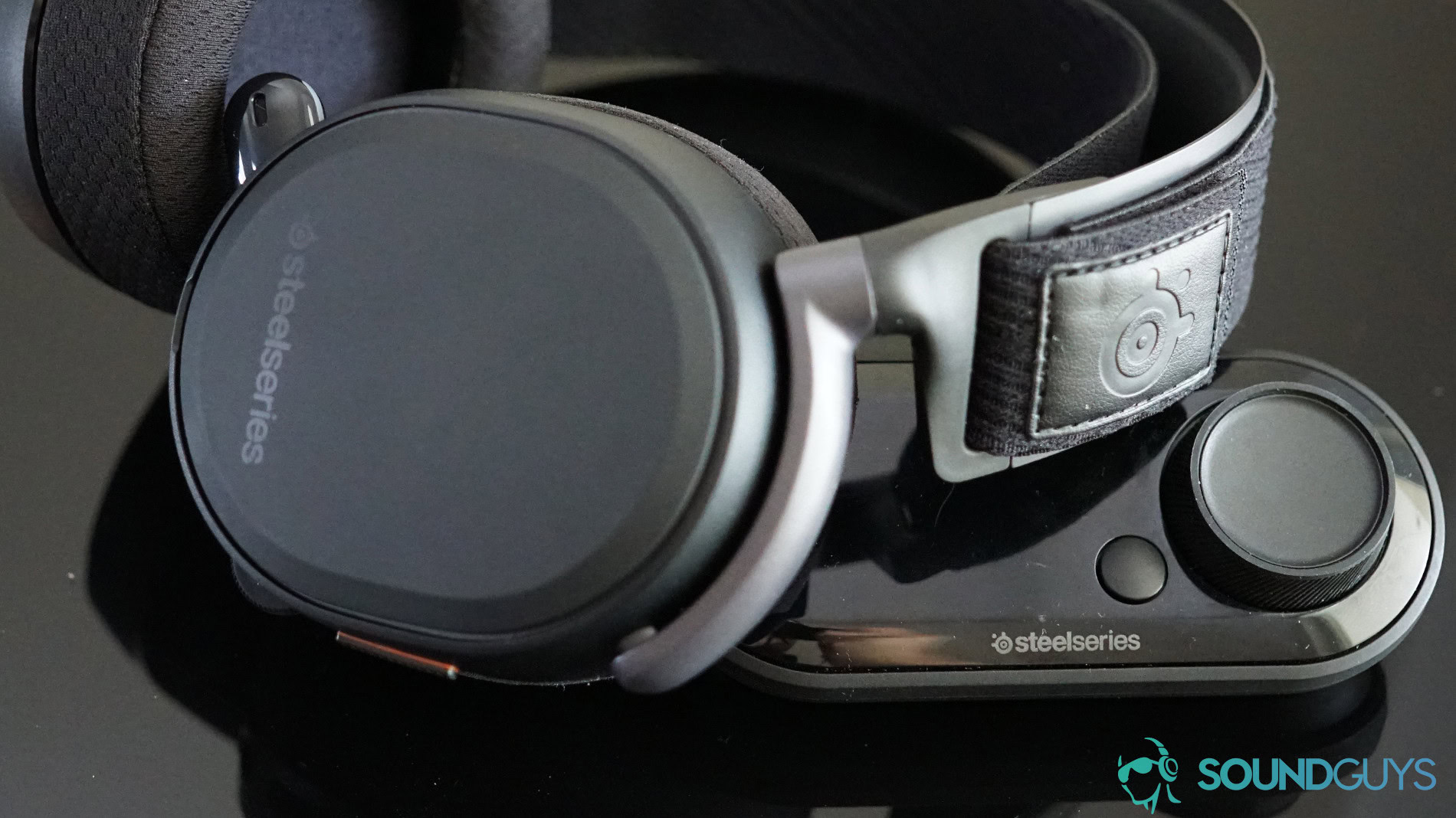
Thankfully, there is a potential middle ground between headphone jacks and Bluetooth connectivity. USB-C digital-to-analog converters (DACs) are an increasingly viable option nowadays. By converting digital signals from your phone’s USB-C port into analog and running them through an amplifier to a 3.5mm port, wired headphones can connect with smartphones that don’t have a headphone jack.
Better still, high-quality DACs can offer superior audio quality to the 3.5mm ports you’ll find on some smartphones. Some DACs provide enough power to use high-sensitivity audiophile headphones with your smartphone too.
However, there are a few issues with this seemingly perfect solution. First of all, high-quality DACs can be very expensive. Budget DACs might seem appealing, but they often include poorly-built amplifiers that may introduce distortion into your audio signal. Another potential downside is that occupying your phone’s USB-C port with a DAC means you won’t be able to charge your phone while listening to music. That’s bound to cause trouble when you’ve run out of juice and want to keep the tunes rolling.
USB-C DACs can connect great wired headphones to modern flagship phones, for a price.
There is another alternative. USB-C to 3.5mm converters are much cheaper than a DAC, but they’re sadly no longer included in phone boxes any more. Even then, there’s no guarantee that a particular converter is cross-compatible with a different smartphone. For example, OnePlus’ audio converters don’t work with Google Pixel phones, and vice-versa. The fact that Apple uses lightning cables complicates matters even further.
So should you buy a phone with a headphone jack in 2023?
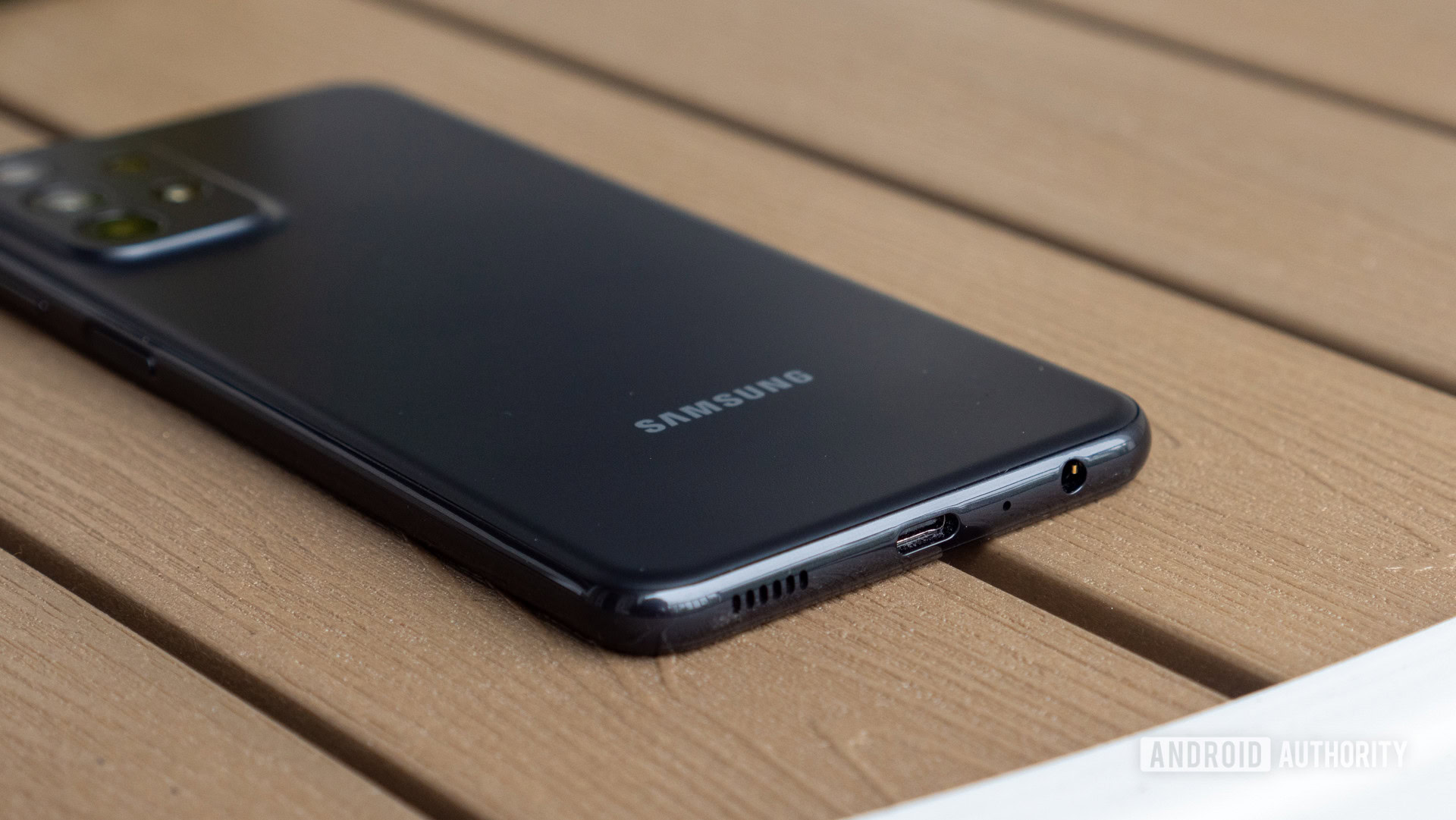
As with all choices, you must weigh up the pros and cons. Wired headphones reproduce CD-quality audio consistently, but some wireless headphones can also deliver high-res and even lossless audio. Wired headphones may miss out on many state-of-the-art features that Bluetooth earbuds hold dear, but they guarantee an uninterrupted audio experience.
In addition, hunting down a phone with a headphone jack will often mean sacrificing some other features and/or a well-known brand. With little-to-no flagship support from Apple, Google, or Samsung, your choice of great all-around smartphones is more limited. With that in mind, some headphones, like the Sony WH-1000XM5, provide the best of both worlds, incorporating a headphone jack into Bluetooth headsets so users can choose how they wish to connect.
Are you still using a headphone jack on your phone in 2023?
For audiophiles, Sony’s recent announcement of the NW-A300 and NW-ZX700 Walkman might come as exciting news. The increasing lack of support for headphone jacks among smartphones could well pave the way for the media player revival. Rather than consuming vast amounts of mobile data, FLAC-quality music could be stored on a separate, dedicated audio device.
What are your thoughts? Should smartphone manufacturers keep developing phones with headphone jacks? Or is it finally time we all ran head-first into the true wireless Bluetooth realm?